How wood turtles and ostrich ferns responded to Vermont floods
4 min read / August 28, 2023 / By Allaire Diamond
Our website uses cookies to improve your experience. To learn more about how we use cookies, please review our privacy policy.
Can't find what you're looking for? Please contact us.
4 min read / August 28, 2023 / By Allaire Diamond
When I walk through a landscape shaped by floods, I can easily get turned around.
Floodplain forests and riverside wetlands retain traces of the past. In these places you’ll find old river channels, huge fallen trees, and piles of sand, gravel and beaver-chewed sticks.
This is mixed up with active streams, new beaver dams, and dense plant life. All in all, it’s wonderfully chaotic.
I recently visited two floodplains in the Winooski River watershed, one high up and one lower down. While there, I got to see how two species that have adapted to these places fared after the intense floods of July 2023.
Wood turtles, recognizable by their tree-ring-patterned shells, thrive along small rivers and connected wetlands.
They are listed as endangered by the International Union for Conservation of Nature. In all 17 states where they live, they are considered a “Species of Greatest Conservation Need”.
The headwaters of the Winooski River emerge in deep forest in central Vermont. After becoming a recognizable river, it flows through a messy stretch of meadows, reedy wetlands, and damp woods on VLT-conserved land.
It’s perfect wood turtle habitat.
Kiley Briggs, of the Orianne Society, is studying wood turtles in this area. As part of the study, he attached radio receivers and GPS devices to their shells to learn where they spend their time.
He found that each turtle has its own personality and preferences.
One turtle is always immersed in or covered with mud, while another has undertaken miles-long journeys into the surrounding wooded hills.
A third, with only one eye, prefers gravel near a small rocky gorge.
Extreme floods pose a risk for turtles. They can drown if they stay underwater too long. They can also get washed out of their home to new, less hospitable places where they are vulnerable to cars, dogs, and other threats.
Happily, Kiley’s turtles rode out the Vermont floods in July safely in their floodplain home. They stayed put.
“None of them moved an inch, except for one that went upstream,” he reported. Kiley thinks they were just “clinging on for dear life” during the most intense part of the flooding.
The messy complexity of their preferred habitat makes this possible. There is no shortage of stems, twisted roots, gravelly hummocks or piles of brush to hold onto or wedge into.
Ostrich ferns can be found across the entire Winooski River watershed. They thrive on the soil and nutrients deposited by yearly floods and are known as the source of edible fiddleheads in spring, and dramatic and elegant fronds in the summer.
While they can be found near woodland seeps high in the mountains, they truly come into their own in the broad floodplain forests of Vermont’s big rivers.
The fronds emerge from a central crown that extends deep into the ground. Inside this crown, layers of tiny fiddleheads curl in embryonic anticipation, ready to swell with new growth in a future year.
Ostrich ferns can have three or four years of fiddleheads inside their crowns. If overharvested, a fern’s reserves can become depleted, and the fern will die.
The fern’s well-anchored crowns can handle both intense floods and being submerged.
Their presence also helps soil to build as the fronds and crowns slow floodwater, which encourages suspended sediment to fall.
As sediment accumulates around them with each flood, they extend their crown both higher and lower, as the soil builds up.
After the 2023 Vermont flooding, I visited a small floodplain forest on a conserved farm along the lower Winooski. There I found a sea of ostrich ferns flattened and coated in silt.
In the middle of each mature crown rose the fresh growth of a glowing stem, pristine and silt-free.
Ferns are ancient plants that evolved before flowers and seeds came on the scene.
The ostrich ferns I found on this flooded land will grow for the rest of summer. Later, in winter, the spores on the fronds will drop onto the snow. Eventually they will land somewhere else, washed by spring melt.
In the aftermath of flooding that is just part of their life, the ferns continue pushing through to maintain their foothold in the floodplains — all while helping to create and protect these important natural systems.
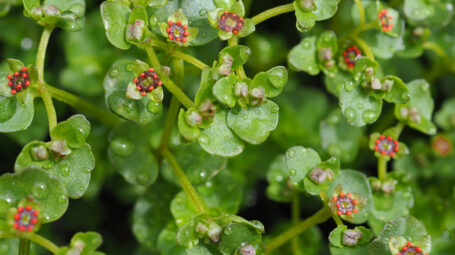
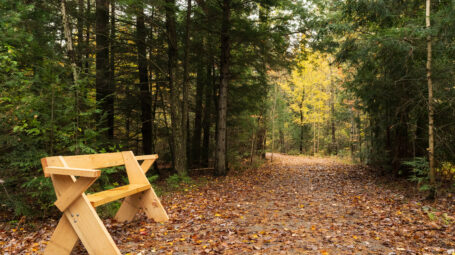
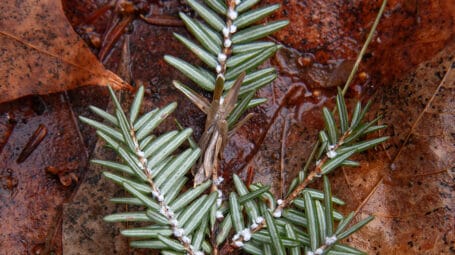
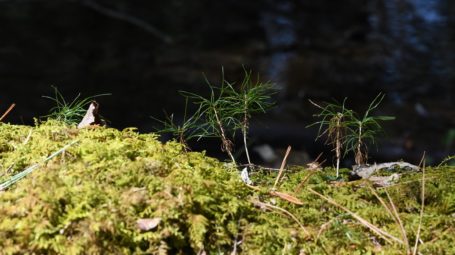
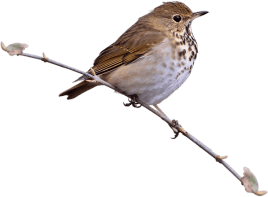
We generally send two emails per month. You can unsubscribe at any time.
We usually send two emails per month. You can unsubscribe at any time.